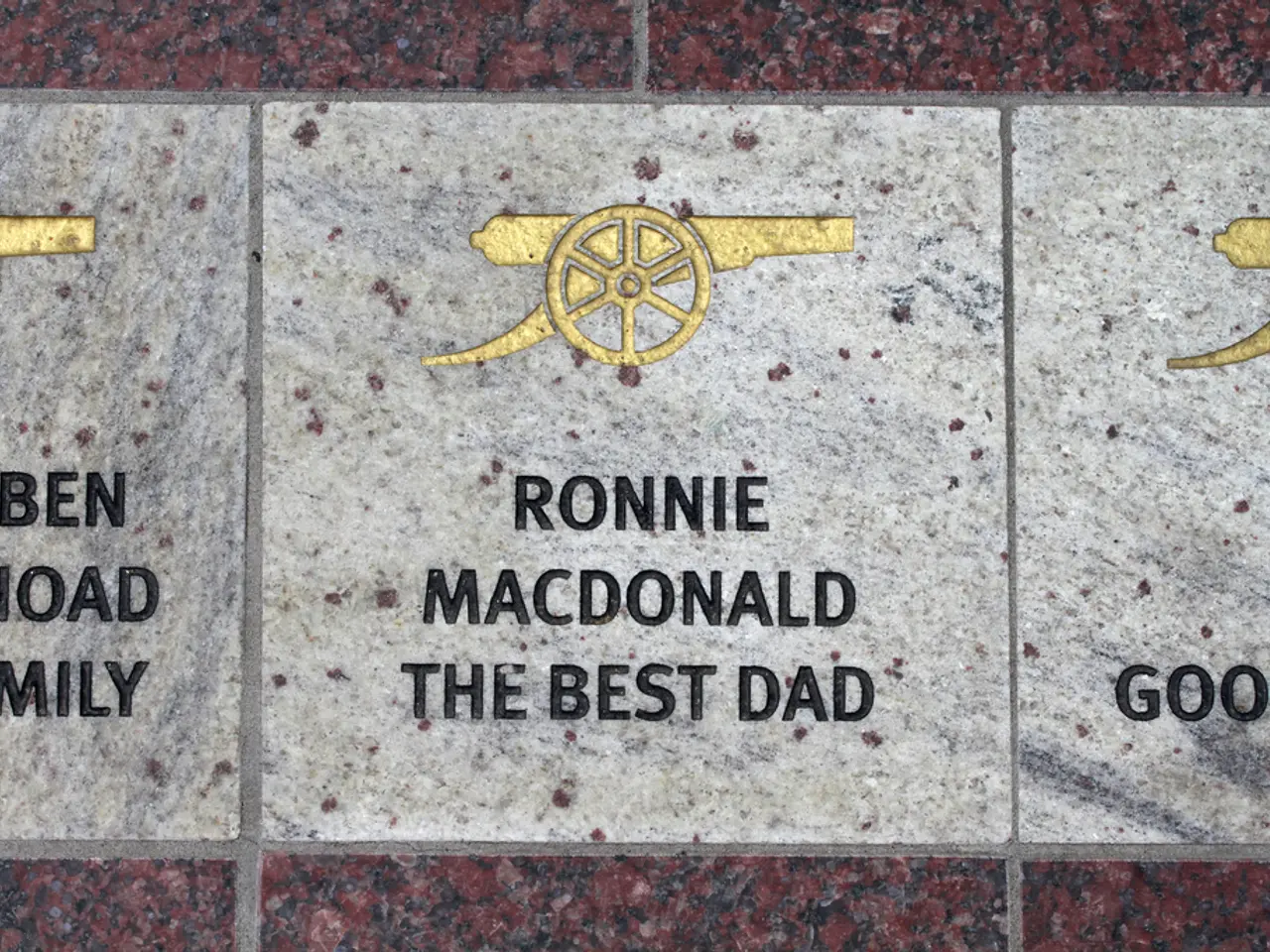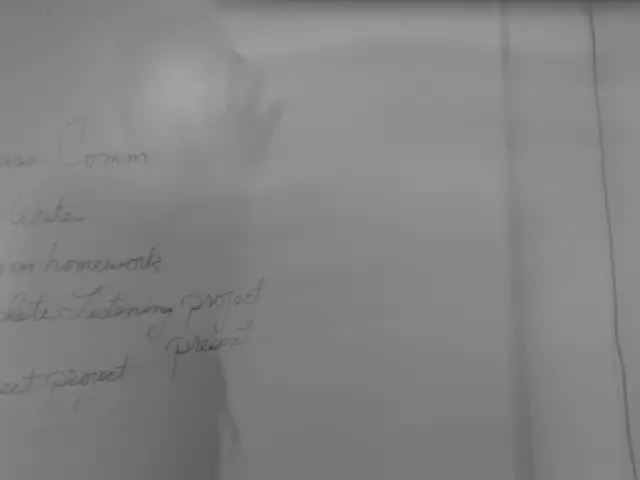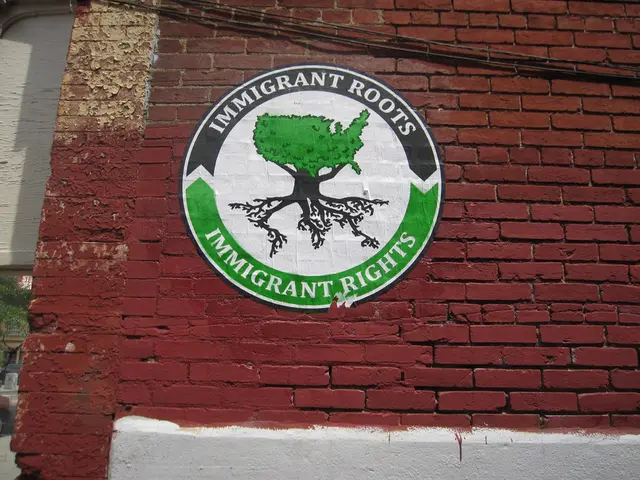Exhibition titled "A Brighter Germany: Resisting the Nazi Rule in Garath and Hellerhof" makes its grand debut in Düsseldorf
In the heart of Düsseldorf, the Cultural House South, located at Nikolaus Groß Square, is currently hosting an insightful exhibition titled "The Better Germany: Resistance against the NS Regime in Garath and Hellerhof". The exhibition, open until March 2nd, sheds light on the brave individuals who stood up against the National Socialist regime in these districts.
The Cultural House South, a significant cultural hub, is itself a testament to resistance, as it stands on the site where Nikolaus Groß, a trade unionist who was murdered by the Nazis due to his resistance, once stood.
The exhibition, a project supported by the Cultural House South, the District Council 10, and the District Administrative Office 10, was supervised by History teacher Dirk Schnurbusch at the Comprehensive School Stettiner Straße. The students, through meticulous research, have investigated the namesakes of streets in Hellerhof and Garath who resisted the National Socialist regime.
One of the individuals featured in the exhibition is Miep Gies, whose square in front of the Anne Frank House bears her name. Other prominent figures who resisted the regime are also showcased.
The program aims to draw attention to the resistance and encourage people to search for the streets in the district and inform themselves about the namesakes. Interested parties can visit the exhibition from 10 am to 5 pm, no registration is required, and admission is free. Barrier-free access to the exhibition is possible.
In addition to this exhibition, the 80th anniversary of the end of the war is being commemorated with a series of events. The program brochure, containing 70 program points, running from January to May 10th, can be accessed online at https://example.com. The program includes readings, panel discussions, and exhibitions by various participants such as Fortuna Düsseldorf, the Düsseldorf Jonges, the police, the film museum, the Jewish community, the city museum, and the memorial site Alter Schlachthof.
Last year, eleven Düsseldorf streets were renamed as a result of an investigation into the past of their namesakes, as some of them were active Nazis or responsible for atrocities during the colonial era. Dr. Bastian Fleermann, director of the Memorial and Remembrance Site, has explained the process of renaming streets and has placed the students' exhibition in the context of this event series.
However, the search results do not provide specific information about activities offered by Fortuna Düsseldorf as part of the remembrance program for the 80th anniversary of the liberation from Nazi rule in Düsseldorf. A special exhibition titled "Düsseldorf 1945: Surviving in the City" will be presented by the Memorial and Remembrance Site from April 8th.
The students have also criticised the often poor and dirty condition of the street signs, stating that this is not worthy of the namesakes. They hope that their exhibition will inspire not only reflection but also action towards preserving and honouring the memory of those who resisted the National Socialist regime.
Read also:
- Tobacco industry's suggested changes on a legislative modification are disregarded by health journalists
- Trump's Policies: Tariffs, AI, Surveillance, and Possible Martial Law
- Uncovering Political Ad Transparency: A Guide to Investigating opponent's Political Advertisements in the Digital Realm
- Elon Musk praises JD Vance's debate performance against Tim Walz








